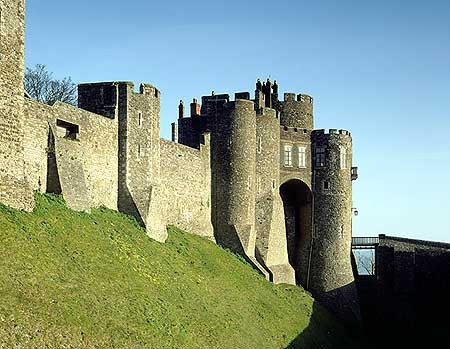http://www.ukfilmcouncil.org.uk/locations
http://www.bfi.org.uk
http://www.movie-locations.com/places/uk/london.html#london
http://www.film-locations.co.uk/phpBB3/
http://www.guardian.co.uk/film/2010/apr/14/robin-hood-russell-crowe
In the future I can see these two industries working together and benefiting from each other even more then they are now. There is always going to be a need for period drama films, audiences’ can’t get enough of them, and the film industry knows this. Therefore the more films that are produced within the film commission concept, the more historical sites that are used, this then can generate more tourism and more profit for those historical sites.
Convergence is having a positive impact on these two combining industries. The more historical sites advertised in films means the more popular the site can be for tourists to visit. Plus with the World Wide Web at your fingertips researching historical sites and booking your trip is so simple now. With many historical sites the buildings can be damaged or not fully developed, with the advances in CGI and other digital enhancing techniques, these buildings can be restored for audiences watching the film.
Films collaborating with UK Historical Sites:




























